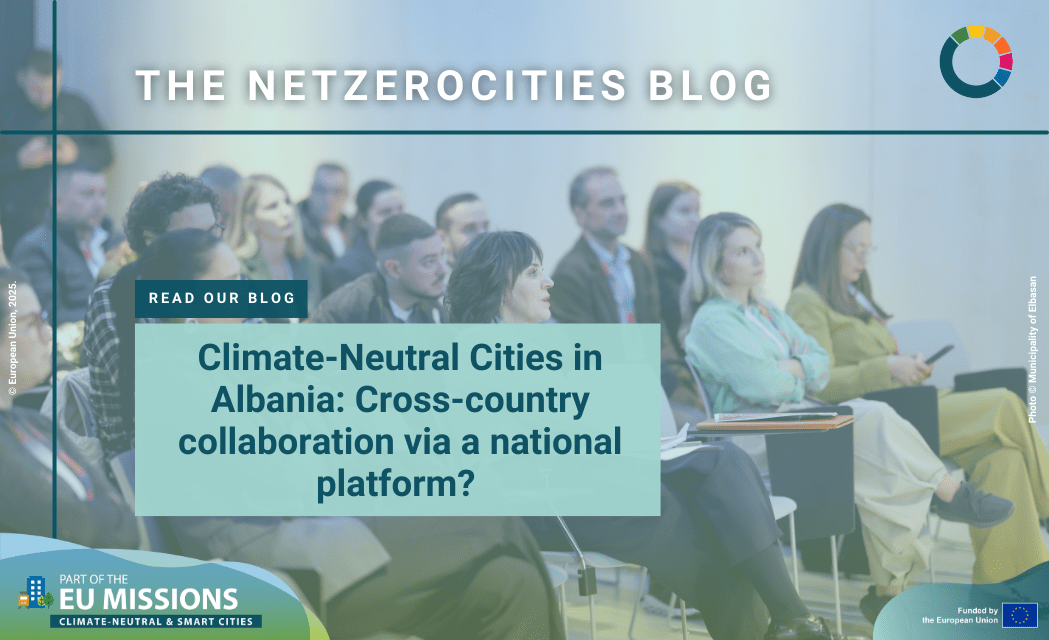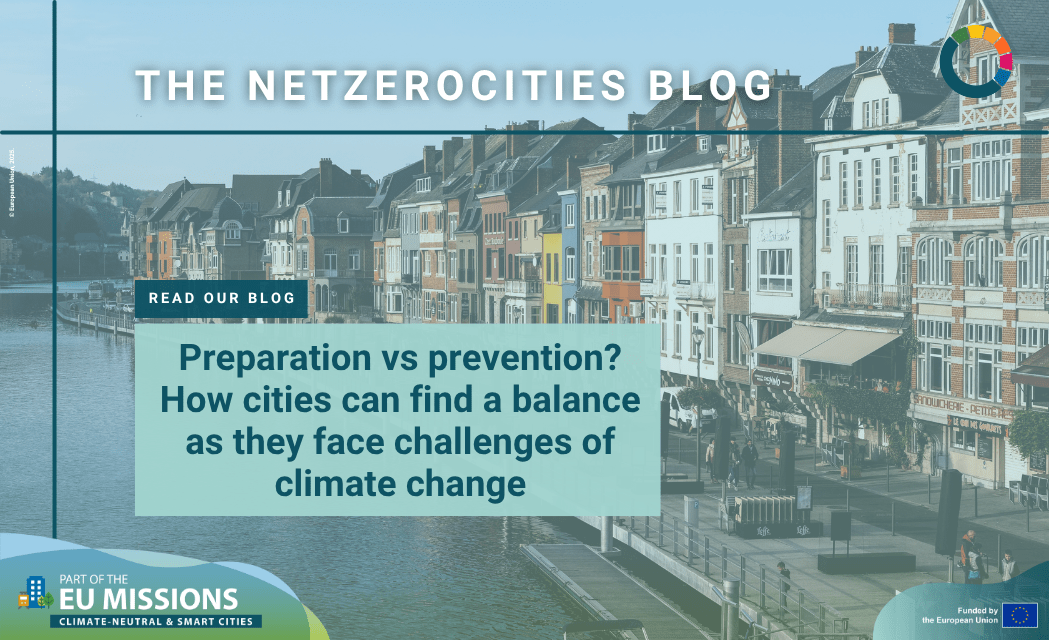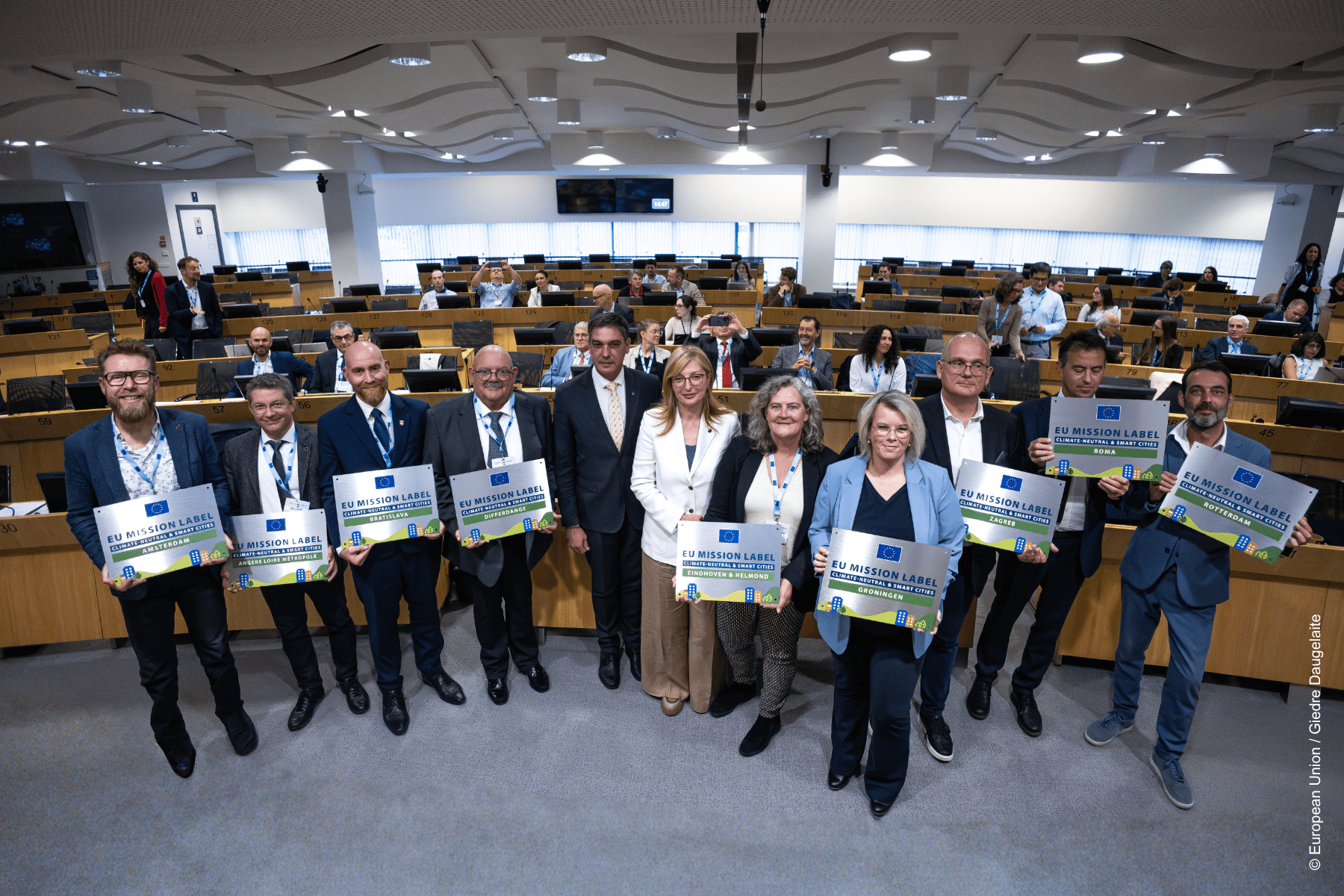One began their Mission City journey from ‘less than zero,’ while another is a former European Green Capital – but all share a similar need to meet their climate ambitions. They told a meeting of experts from across Europe how they’re changing their cities.
What does it take to become a European Green Capital? Measured on seven indicators, including air quality, biodiversity, and climate change mitigation, any winning city will be pursuing high environmental and sustainability standards.
Yet, even with the knowledge acquired through this work, the challenge of climate neutrality requires another level of ambition altogether.
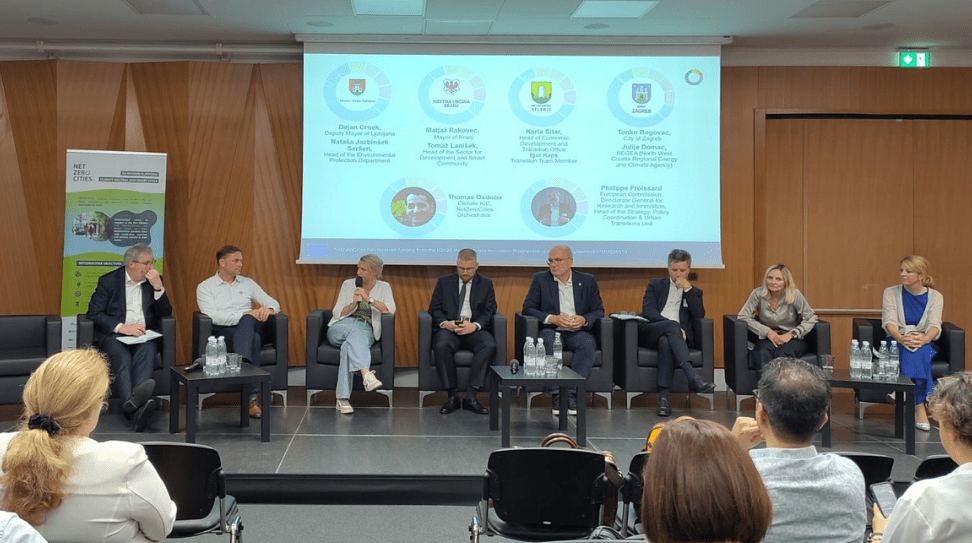
The 2016 Green Capital, Ljubljana, is a good example. Building on its success and experience within the EU Cities Mission, it nonetheless still identifies the need for greater expertise and capacity to meet its goals.
This is a common plea from cities at all stages of their climate transition and was delivered again recently to a room of European experts and sustainability organisations by four EU Mission Cities, including Ljubljana, who face similar challenges and are collaborating to quicken their progress.
The cities addressed partners from NetZeroCities, the consortium managing EU Cities Mission platform, who met to share their work and discuss next steps with colleagues from across Europe.
Like the cities themselves, that work is complex, challenging and unprecedented, but all of it is directed towards supporting cities with what they need to speed toward their climate goals.
Activity and activation in Ljubljana
The Slovenian capital, which kindly hosted the NetZeroCities consortium meeting, has been creative with its resources, working to bring local partners, including citizens, on board with its activities.
Initiatives such as its innovation hub, which organises lectures and workshops to raise awareness and build support for the city’s climate goals, and the city’s certificate for acknowledging the best sustainable practices of companies, organisations and citizens, highlight these efforts to engage and activate local people.
On a tricky road, share the load
Alongside Ljubljana, Kranj and Velenje make up the three Slovenian cities in the EU Cities Mission – a great feat for a country of only 2 million. In November 2022, the cities’ mayors signed a commitment to work together and collaborated from 2023 on their UP-SCALE pilot project, looking at innovative solutions in mobility, building retrofitting and district heating systems.
Velenje turns toward a new future
By 2033, Velenje’s industrial story will have entered a new chapter as it phases out the coal mining the city was built around.
Described by one of the city’s attendees as a “city of energy with energy,” it will transform its district heating system – currently dependent on that coal and responsible for 80% of local CO₂ emission – alongside renovating and retrofitting buildings to minimise energy loss.
Investment in cycling infrastructure and free public transport since 2008 also underscores its efforts, as does the support of more than 60 organisations from local business, education and others that signed the city’s Climate City Contract detailing its climate neutrality commitments.
Digital Kranj
Kranj’s commitment to digital innovation is unique – where else has a monument to Bitcoin and funded a project through minted NFTs?
The approach goes hand-in-hand with its climate activities, which is true for its successes and challenges as it incorporates more technology to improve sustainability and become a ‘smart’ city.
The city identified problems with data availability, data organisation and permission to use data as being among its most difficult issues, but it has pursued access and strengthened its abilities to feed data into its decision-making process.
And Kranj’s smart card exemplifies the digital mindset: card holders can use it as a means of identification, make worldwide payments, use its bike hire scheme, pay for parking and more, while additional functions for local services are on the way.
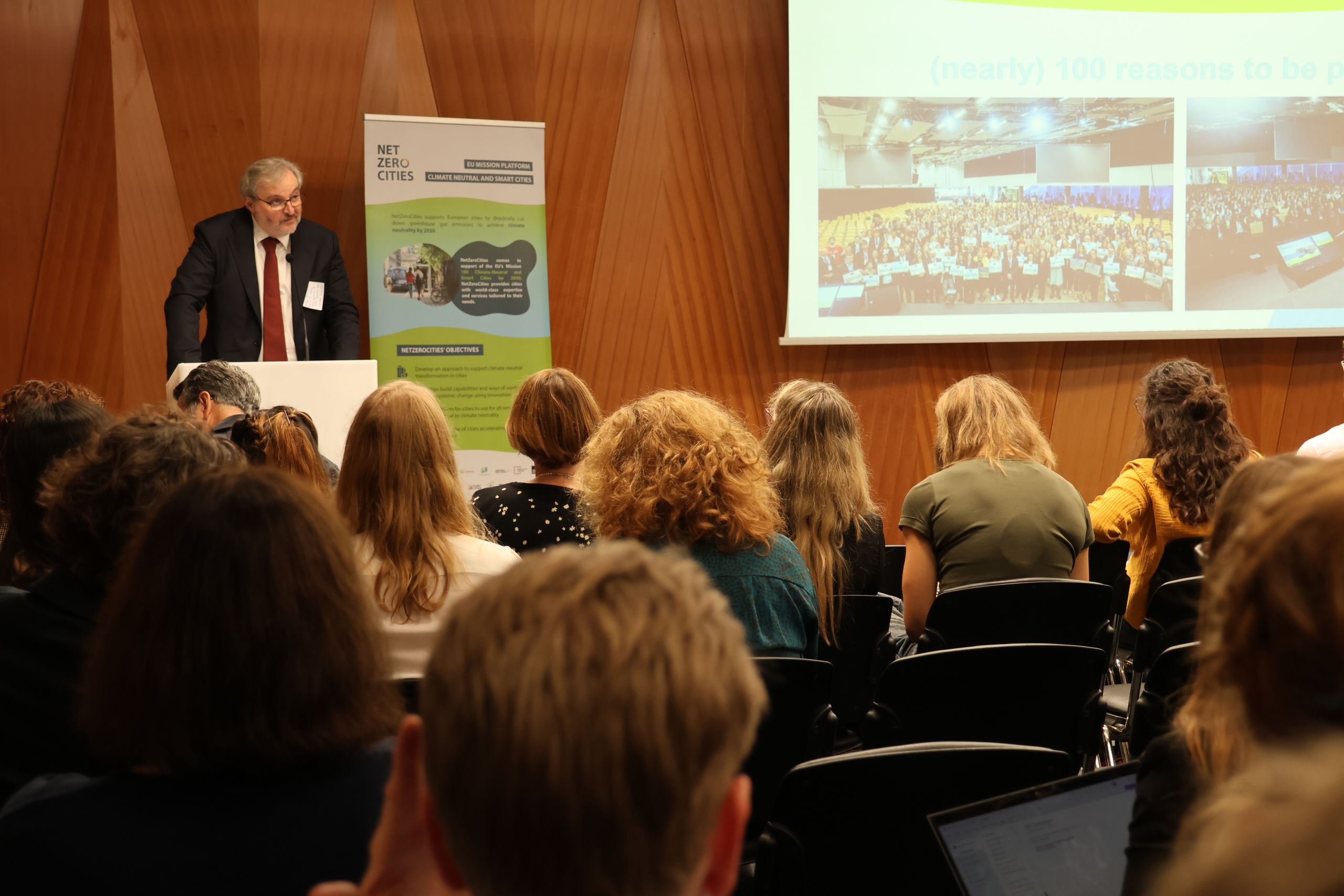
Resilience in Zagreb
Just across the border, Croatia’s capital of Zagreb also collaborates with its Slovenian neighbour cities. But its actions have come not only from being proactive and ambitious, but also spurred by crisis, beginning from “less than zero”, according to one of its officials, following an earthquake in 2020 – the strongest in 140 years – and then a deadly storm in 2023.
The events galvanised public opinion, and its citizens have needed less persuading on the need for action.
The city is now on its way to covering all its public buildings with photovoltaics to produce 50 MW of power, and it has plans to electrify its entire bus fleet – measures that go beyond mitigation towards transformational for local services and the people that rely on them.
Hope is renewable
“Hope is what matters,” said one meeting panellist, but this is clearly only part of the story of these cities. Cities from all countries across Europe and many beyond are turning hope into action.
Whether through empowering its citizens, as with Ljubljana’s innovation hub, Velenje’s district heating transformation, Kranj’s digital dexterity, or Zagreb’s resilience, each city is powering its actions not just with hope, but with shared discoveries and the ambition to create a greener future for their citizens.
